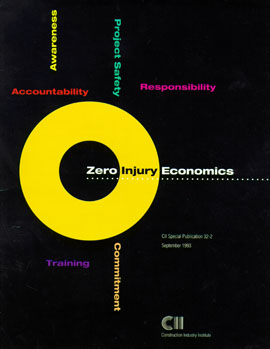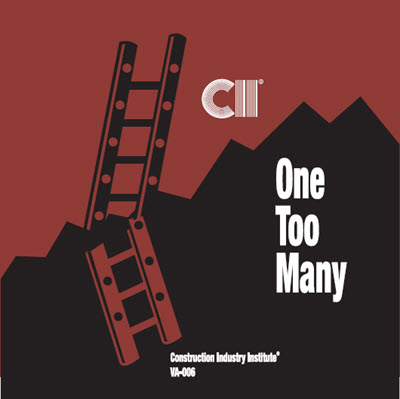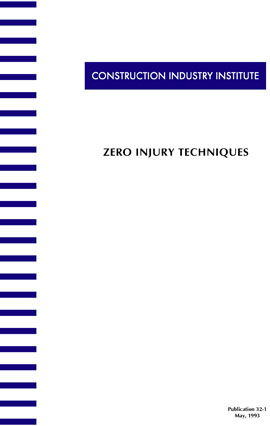
Zero Injury Economics
Worker injury imposes a significant inefficiency upon the U.S. engineering and construction industry. Despite the advent of the OSHA Act in 1972, construction has realized little improvement in safety. Estimates of the total cost of injury for the $450 billion U.S. construction industry range from $7 billion to as high as $17 billion annually.
The moral and humane aspects are more than sufficient justification for doing all in one’s power to eliminate worker injury. The problem of not knowing how to eliminate worker injury, however, has been pervasive until recent times. With the advent of increasing numbers of owners and contractors who are achieving zero lost workday injuries on construction projects, a new concept is emerging-zero injury. This new-found reality for some has become a sought-after possibility for others. The zero injury concept means that essentially all serious injury to workers can be successfully prevented.
Techniques on how to achieve zero injury in construction can be found in ClI Publication 32-1, Zero Injury Techniques. The practical economies of achieving and sustaining zero lost workday cases are revealed in this companion publication.
The workers’ compensation premium per construction worker ranges from $1,500 per employee per year in the “lower cost” states and trades to $70,000 per employee per year in the “higher cost” states and trades. The additional indirect costs, which can be substantial in some instances, must be included to understand the total costs of worker injury. Some companies are finding that the workers’ compensation premium alone exceeds their profit margin by 100 to 300 percent.
The individual employer Experience Modification Rate (EMR) is one control mechanism. EMRs can range from as low as 0.20 for very safe large employers (a low of 0.80 for small employers) to as high as 3.00 for the least safe employers. Some of the workers’ compensation premium, for example at 0.20 EMR (or 0.80 for small contractors), can be classed as a necessary expense. Beyond this level, one can justifiably say that all expense that is caused by the injury of a worker is “unnecessary.”
In this publication, worksheets and required information are provided for both owners and contractors who wish to calculate their own cost of injury. Specific procedures are given on how to eliminate the unnecessary expenses.
Eliminating injury and successfully managing the workers’ compensation insurance coverage can reduce premiums up to 80 percent. Six action steps are provided to help lower a high EMR situation.
Recommendations and key implementation needs also are provided to help in achieving a new concept in the construction industry: zero injury.Provides techniques on how to achieve zero injury in construction and contains information on the practical economies of achieving and sustaining zero lost workday cases. Includes:
- Cost of Injury Calculator and a list of steps to reduce EMR (p. 17)
- Provides worksheets and data for owners and contractors to use to calculate the cost of injury (p. 6)
- Specific procedures are provided on how to eliminate unnecessary expenses associated with workplace injury (p. 2)


